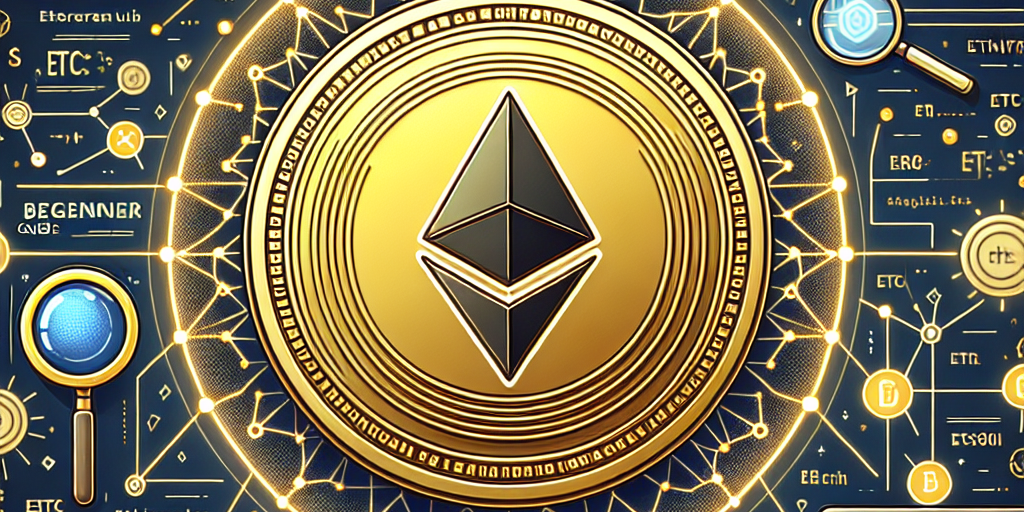Ethereum Classic (ETC) is a decentralized platform that runs smart contracts: applications that run exactly as programmed with no possibility of downtime, fraud or third party interference. It is built on the original Ethereum blockchain, which split into two separate chains after a contentious hard fork in 2016.
In this beginner’s guide, we will dive into the basics of Ethereum Classic and explore what sets it apart from other cryptocurrencies.
Origin and History
Ethereum Classic was born out of a disagreement within the Ethereum community regarding how to handle a hack that resulted in the theft of millions of dollars worth of ether. Some members of the community believed that the original Ethereum blockchain should remain unchanged, while others advocated for a fork to reverse the hack and return the stolen funds.
Ultimately, the majority of the community supported the hard fork, resulting in the creation of a new blockchain called Ethereum (ETH). However, a minority of users decided to stick with the original chain, which became known as Ethereum Classic.
Key Differences
One of the main differences between Ethereum Classic and Ethereum is their approach to immutability. Ethereum Classic adheres to the principle of « code is law, » meaning that transactions on the blockchain are irreversible and the original chain remains unchanged. On the other hand, Ethereum has a more flexible approach, allowing for hard forks to reverse transactions in certain circumstances.
Another key difference is in their governance structures. Ethereum Classic operates as a decentralized, permissionless platform with no central authority controlling the network. This means that decisions are made by consensus among participants in the network. In contrast, Ethereum has a more centralized governance model with foundation members and core developers playing a significant role in decision-making.
Use Cases
Like Ethereum, Ethereum Classic allows developers to build decentralized applications (dapps) and smart contracts on its platform. These applications can range from decentralized finance (DeFi) platforms to supply chain management systems and beyond.
ETC can also be used as a store of value or a means of exchange, similar to other cryptocurrencies. It can be traded on various cryptocurrency exchanges and stored in digital wallets for safekeeping.
In conclusion, Ethereum Classic is a decentralized platform that offers developers the ability to build secure and reliable applications on the blockchain. It adheres to the principles of immutability and decentralization, making it an attractive option for those who value censorship resistance and autonomy.
As with any investment or technology, it is important to conduct thorough research and understand the risks involved before getting involved with Ethereum Classic. With that said, ETC continues to be a prominent player in the world of blockchain technology and is worth exploring for those interested in the potential of decentralized applications and smart contracts.








